Yaahunbaraas
This long-form article was researched with the help of local historians, in particular Ibrahim Firaq, as well as family members and contemporaries of the survivors.
Read the accompanying 2k Journal blog post here.
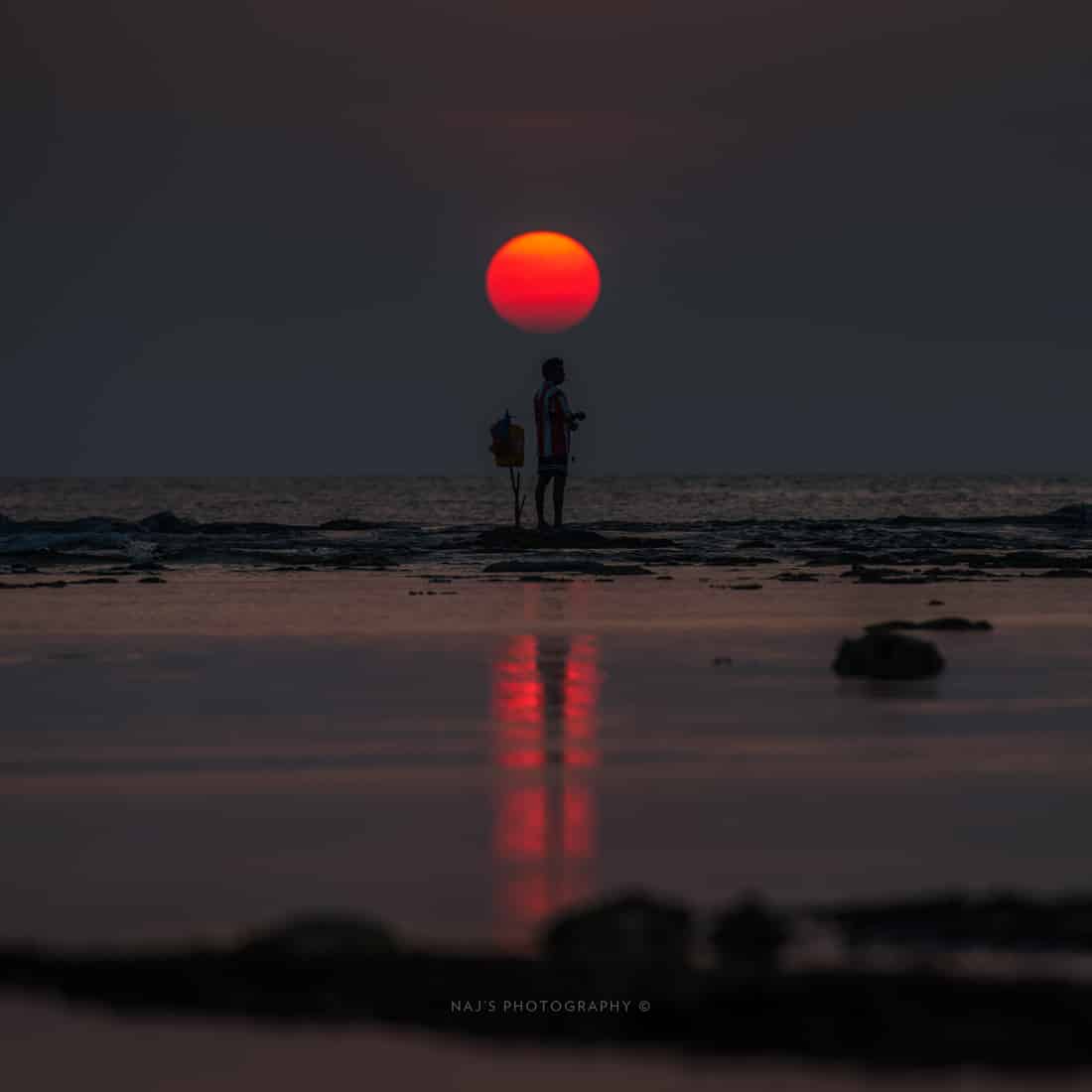
Words by Daniel Bosley; Pictures by Aishath Naj (unless stated)
It was November 1943. Japanese Imperial forces were in retreat as the Second World War moved east, away from the Indian Ocean. Away from the Maldives.
Having taken Singapore and Indonesia in early 1942, within 18 months the Japanese had lost key battles at Midway and Guadalcanal. It seemed that dusk was falling on the empire of the sun. But for the people of Addu atoll, danger was still lurking just over the horizon.
With Japanese military ambition threatening Britain’s far eastern territories, by 1941 a safe haven in the Indian Ocean had become essential. Indeed, so keen were British officials on the idea of a secret base that troops were arriving in the southernmost islands to clear scrubland, fill swamps, and blast coral before Sultan Nooraddeen II had even received an official request.
For the next four years, Addu would be better known as ‘Port T’, and life in the atoll would never be quite the same.
But just as foreign ships were entering the atoll, local vessels were lying idle, frustrated by wartime restrictions on travel to the mainland. The largest of these sleeping giants was the odi, ‘Fathuhul Mubaarik’ – known locally as ‘Yaahunbaraas’.
After two decades plying the route between Ceylon and the southern atoll, Yaahunbaraas’ annual trips to Colombo had been halted as the currents of global war left the archipelago isolated and adrift.
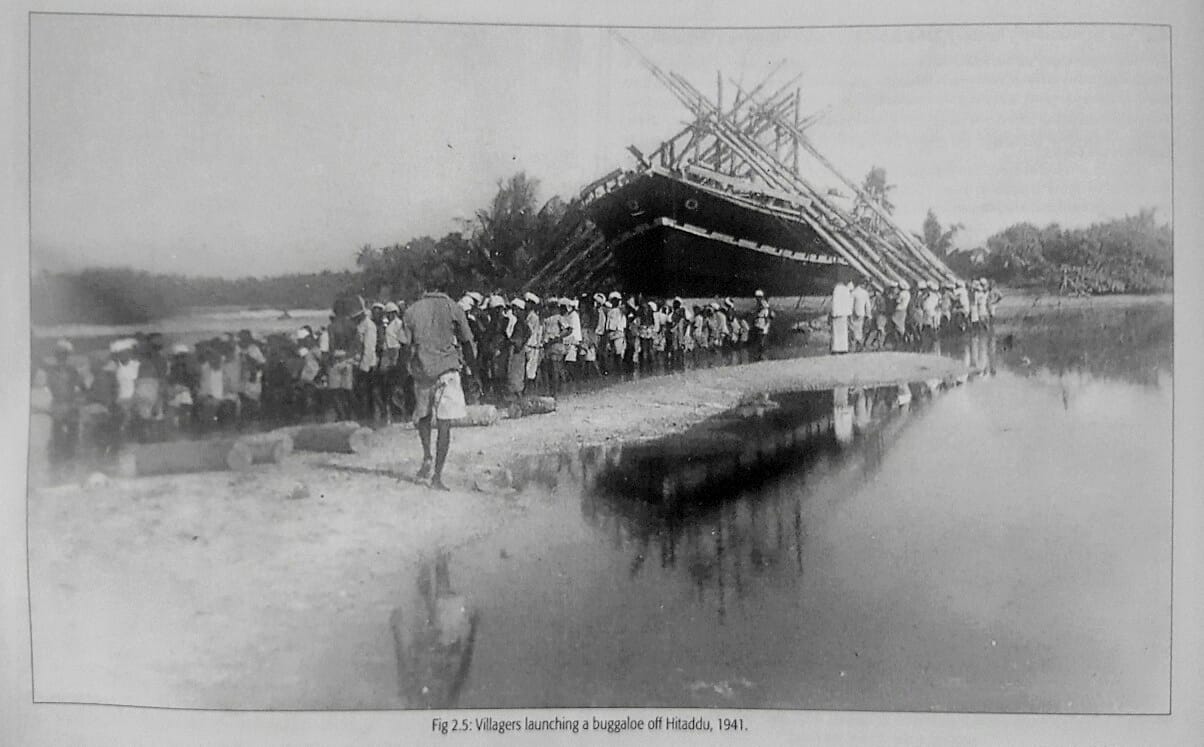
War in Maldives
The Japanese naval attack on Ceylon in early 1942 had brought the prospect of all-out war in the Indian Ocean closer than ever, although doubts about the vulnerabilities of Port T would persist. Nevertheless, by the year’s end, the villagers of Gan had been relocated to Feydhoo and Hithadhoo, troop numbers had reached 4000, and the first of three planned airstrips was completed.
Re-housed and pressed into back-breaking service to create the base, Adduans were assured that the British presence represented their best chance of protection against the Japanese threat. Equally compelling, however, was the argument that an isolated backwater had now been transformed into a valuable military target.
Outside of Addu, the major consequence of the war for most Maldivians had been the disruption of trade, which spread a famine across the atolls that would linger for years afterwards.
Inside the southernmost atoll, the addition of some luxury items via the foreign presence was offset by the loss of farmland for Port T. A wartime report conducted by British Flight Lieutenant Donald Walker resulted in the implementation of nationwide rationing to avert catastrophe, but malnutrition had become commonplace.
Lulled perhaps into a false sense of security, or maybe driven by the pangs of hunger and hardship, the authorities gave the go-ahead for trading to resume in late 1943. And so it was that on November 14th, thirty-nine Adduan businessmen set off aboard Yaahunbaraas, taking dried fish, coconut, and coir across the ocean gauntlet to Ceylon.
Only two of them would make it to Colombo, and they would first have to endure two years of terror.
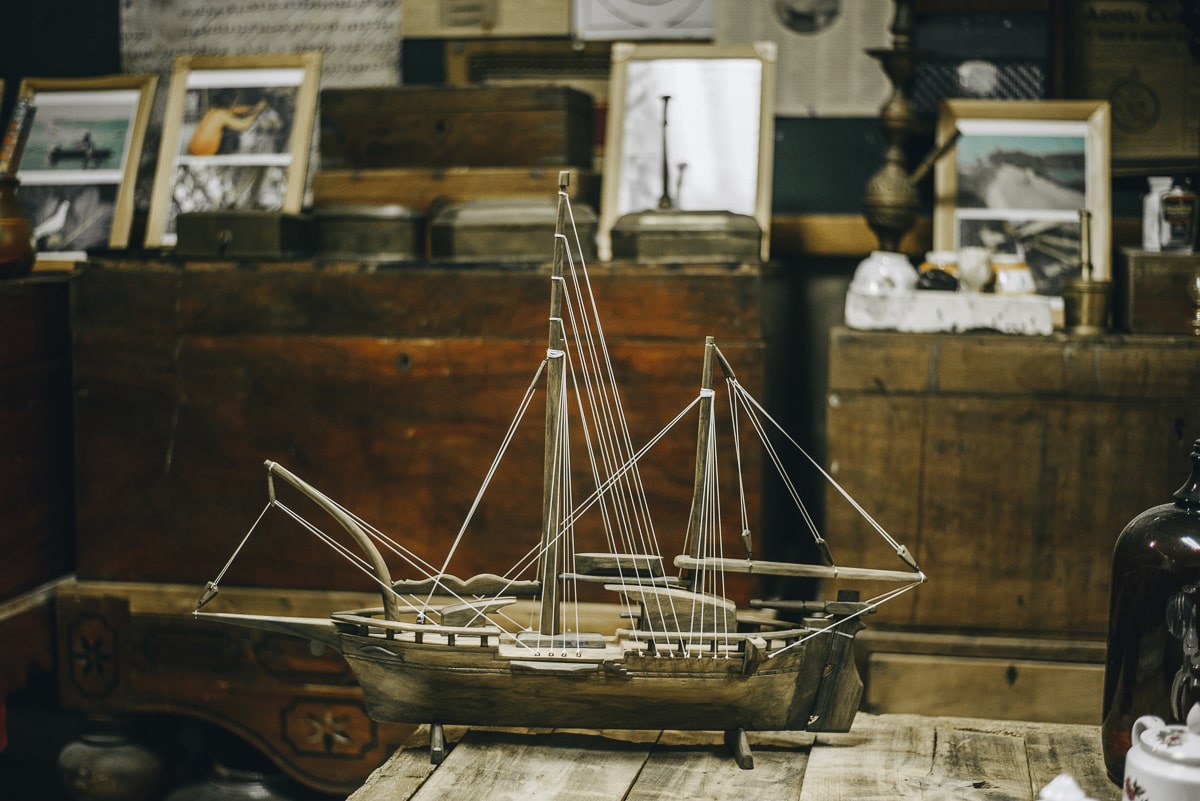
The Sea-Monster
With warnings of Japan’s small but sophisticated fleet of submarines still ringing in their ears, the boat left Hithadhoo on a Sunday, heading out towards the unknown through the Villingili Kandu.
Owned by Hithadhoo Ali Didi, Yaahunbaraas was captained by Mohamed Ali Didi, with Abeyyaage Ibrahim Didi – acting as second in command – always on the lookout from atop the mast.
The first few days passed without incident, and Colombo was almost in sight when Abeyyaa first heard a strange crackling noise coming from below him. Shouting down to ask who was burning husks on the deck, the awful truth soon emerged from beneath the waves – worse than any jinn or feretha their imaginations could conjure.
The prowling submarine circled the boat a few times before pouncing, ramming the odi amidships. Caught off balance by the monster, one passenger – Sikkaage Mohamed Ali Nasir Manikufaanu – was thrown from the ship, landing on the exposed deck of the attacking sub. Japanese officers soon emerged from the belly of the beast, taking Nasir down below as his friends tried desperately to keep out of sight.
It’s unlikely anyone on board knew how long they waited there, hiding amidst the homely smells of hikimas and copra; barely daring to breath. But, eventually, one passenger decided enough time had passed, slowly easing open a hatch despite the protests coming from behind him.
Too late he realised the mistake, his furtive gaze meeting the dead stare of the submarine’s periscope. Their fate was now sealed. Shots rang out across the ocean. Bullets struck three men, leaving one dead. The third casualty of this assault was Yaahunbaraas itself, mortally wounded as a torpedo raced through the water and ripped into the bow.
Moments later the Japanese had reached the ailing ship, tying up all those on board. As they demanded to know who was in charge, Abeyyaa stepped forward, assuming responsibility from the younger captain.
Little could he have known the consequences of his decision as he was sent down to join Ali Nasir in the bowels of the submarine, leaving his helpless compatriots outside on its top deck – never to be seen again.
After apparent attempts to sink Yaahunbaraas, the submarine slunk back down beneath the waves. When asked later about the whereabouts of his thirty-seven friends, Abeyyaa’s captors indicated that they were gone, pointing ominously towards the submerged upper deck.
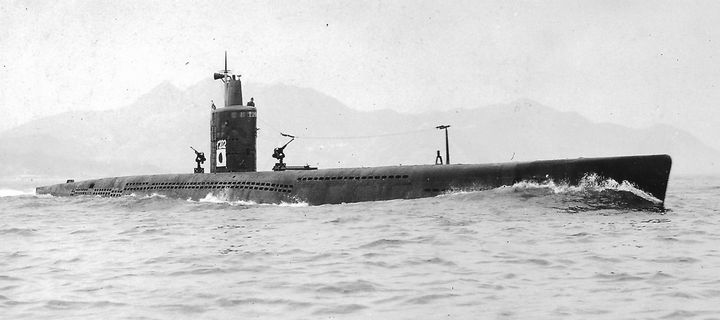
Internment
After spending an indeterminate number of days in the gloom of the submarine, the disoriented pair were transferred from boat to truck, all the while with black hoods placed on their heads.
With shrouded senses, their location was impossible to determine, though they later recalled many British prisoners as they were moved through a series of jails. The only thing made clear to them was that the Japanese officers wished to know where they were from, and what links they had to the British.
Having initially struggled to identify or communicate with their captives, using Urdu and Arabic interpreters, the Japanese eventually found a Sinhalese-speaker. Armed with a copy of HCP Bell’s Maldives ‘Monograph’, this man soon identified the men as Maldive islanders (perhaps justifying complaints from naval intelligence that the recent – posthumous – publication of Bell’s research had been poorly timed).
The inquisitor claimed to know that Addu atoll had been leased to the British. During questioning, Abeyyaa at one point let slip that he was from an island called Hithadhoo, before quickly catching himself and adding that the island was in Haddummathi atoll – 170 miles away from Port T.
Held with other civilian prisoners in the overcrowded Changi Prison, Abeyyaa received regular beatings from the guards. He would later tell stories which can leave no doubt that he had been exposed to the horrors of the Kempeitai, the notorious military police whose record of torture would later shock war crime tribunals.
He saw men burned, blinded, and men who’d had their genitals or fingernails removed. Men half dead and men half alive. Others he saw with water pumps connected to their anus – a so-called ‘treatment’, described in later trials, in which mens’ stomachs would become pumped full of water before guards would jump onto their distended abdomens, forcing the water back out.
The serenity of Suvadive can never have seemed more idyllic than in the minds of Ali Nasir and Abeyyaa during these long months of anguish and pain.
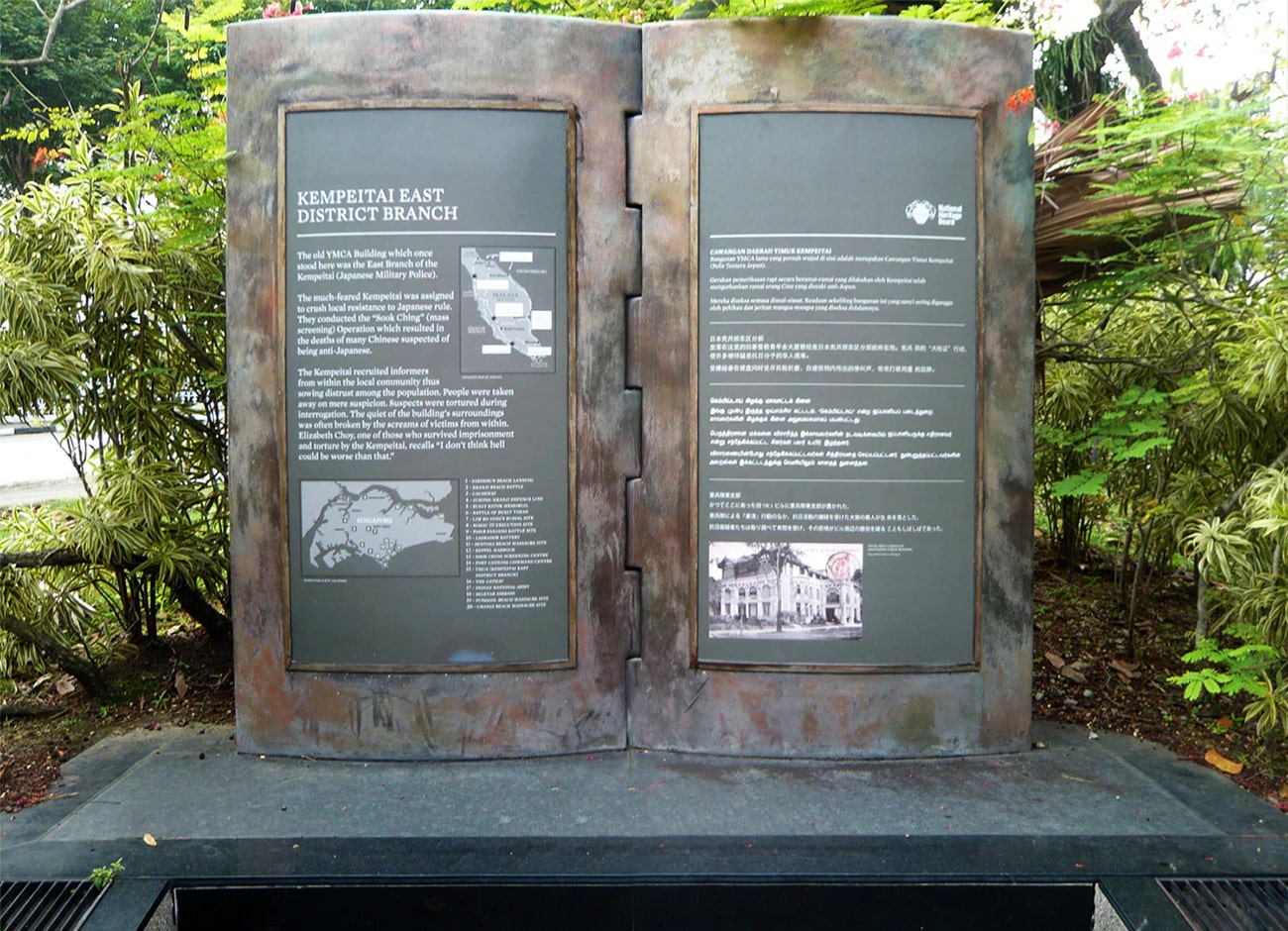
Endgame
How much the Japanese knew, or thought they knew, about Port T remains a mystery. Their suspicions seemed enough to have saved the lives of at least two from Yaahunbaraas for the purposes of interrogation, but not enough to draw the macabre attentions of the Kempeitei in Singapore.
Alternatively, it could be argued that Axis intelligence potentially linking the Maldives with the Allied war effort had exposed local traders to far greater risks, costing thirty-seven civilian lives rather than saving two.
Such calculations are always obscured by the fog of war, though the picture emerging of the surviving Adduans’ ordeal is one of multiple interrogations, sleep deprivation and the psychological trauma caused by an ever-present prospect of torture and death.
As Japan’s defeat became imminent by mid-1945, many commanding officers would have preferred to exterminate their prisoners than allow their liberation. In Singapore, General Seishirō Itagaki – executed three years later for his war crimes – was no exception, and as the Maldivians’ ordeal approached a third year, the pair feared they would be murdered before they could be freed.
If Abeyyaa’s shocking tale up to this point was more than enough to enthrall future generations of Maldivians, his final days as a prisoner would provide a nerve-wracking finale to equal any work of fiction.
With the war entering its final stages, the Maldivians and a single British prisoner were blindfolded and driven to a lonely house in an isolated spot hours away. Here, Abeyyaa would later tell rapt audiences, was where their ordeal was to reach a dramatic climax.
As the vehicle drove away, the trio were surprised to find themselves left alone with no one to guard them other than two drunken Japanese soldiers, slumped over a table on which lay a pen, a pocketwatch, a camera, and a pistol. Seeing the opportunity to run, the three prisoners hatched a plan, in broken Hindi. Gathering their remaining courage, the pen, the stopwatch and the camera, they ran as far and as fast as they could. They dared not touch the pistol.
On the third day of hiding and foraging in the countryside, the escapees heard heavy traffic on the nearby road. They emerged cautiously to see the welcome sight of retreating Japanese forces. The British had re-taken Singapore, and it was time for the Maldivians to return home.
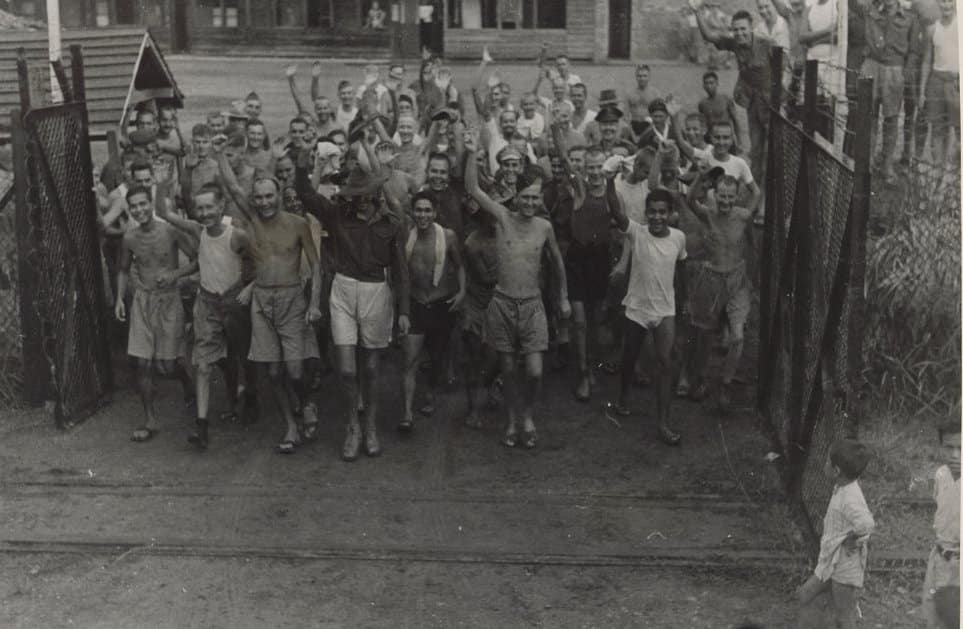
Home Front
In Addu, the war effort had started moving on before Yaahunbaraas had even begun its fateful journey. Troops were being transferred east as early as October 1943. A timetable for the base’s closure was agreed upon by February 1944, and preparations for the return of islanders to Gan started by the end of that year.
But, if anyone thought that the scaling down of Port T’s operations meant the danger was also leaving the Indian Ocean, a series of incidents in early 1944 confirmed once again the consistent and deadly threat posed by Axis powers.
In February, a ship named the ‘Khedive Ismail’ was torpedoed by a Japanese submarine in the Huvadhu Kandu, before its survivors suffered a second attack with the sanctuary of Port T in sight. Six weeks later, the HMS Maaloy was sunk by Axis forces on a journey from Addu to Colombo. All on board were killed, including the Maldives crown prince and ambassador to Ceylon Hassan Fareed, as well as Flight Lieutenant Walker. They had been in Addu to calm a minor revolt against Male’s officials regarding food distribution.
Even closer to home, the British Loyalty – a semi-retired tanker lying in Addu’s lagoon – was torpedoed by the German navy on March 9th. The ship did not sink, though the subsequent oil slick covered Addu’s beaches. Another black reminder of Yaahunbaraas’ fate.
Word of the drifting and abandoned odi – spotted by other local boats on the same trade route – had quickly gotten back to Addu. When crews returned from Colombo with no sign of the missing passengers, the worst was assumed and the funeral prayers held.
These sporadic threats would continue to haunt the region for another year, while the war’s final maneuvers prompted British commanders to further scale back Port T’s operations in early 1945. The fall of Berlin brought an end to the fighting in Europe in April, and Port T had halted its flying boat patrols by June.
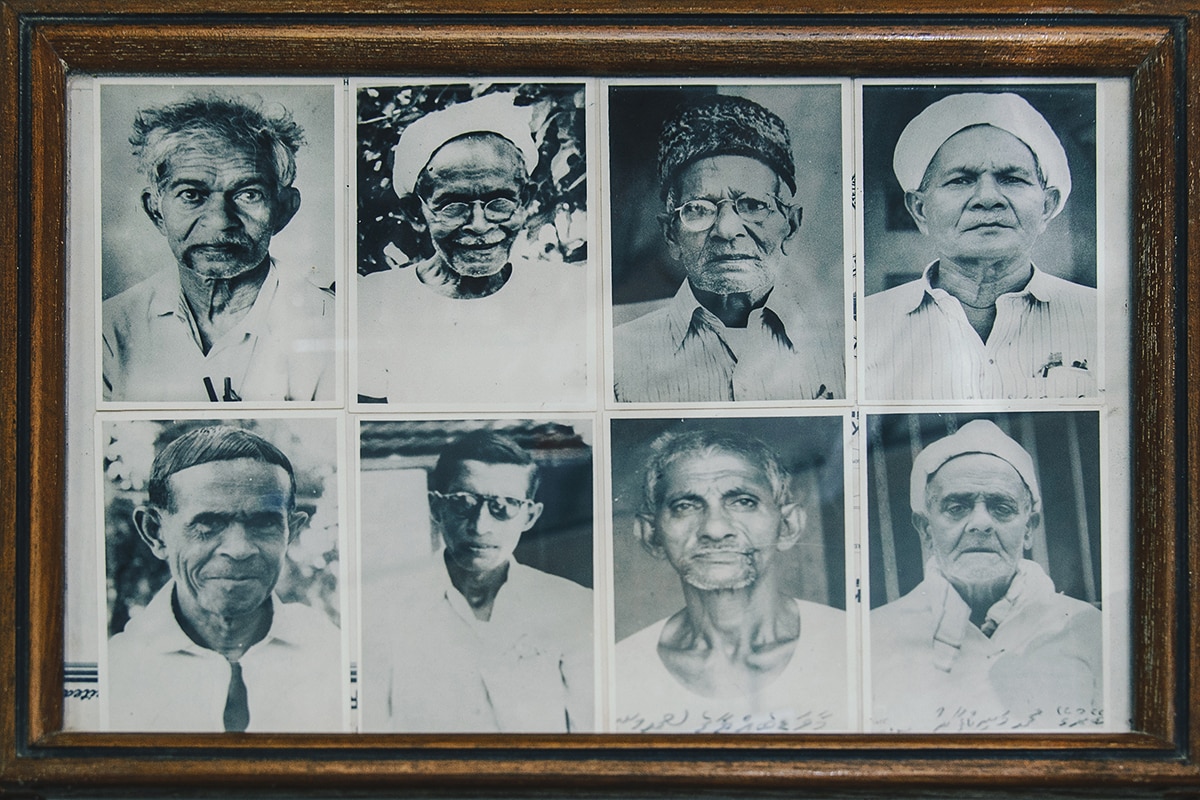
War is Over
In the face of resolute Japanese leadership, the United States dropped atom bombs over Hiroshima and Nagasaki in August 1945, compelling imperial Japan to surrender. After General Itagaki’s initial refusal to accept defeat in Singapore, British forces re-entered the city without opposition on August 30.
For the two Maldivians, lost in a sea of more than 50,000 newly-liberated civilian detainees and PoWs, it would be another four months before arrangements could be made to start the long journey back to the peaceful isolation of their island.
Upon arrival in Colombo, word was sent to Addu of Abeyyaa and Ali Nasir’s return from the dead, though any celebration did not stop the pragmatic Prime Minister Amin Didi employing Abeyyaa’s services to retrieve a vessel from Trincomalee before the pair were finally put on a Borah merchant ship destined for Male’.
As the crowds gathered on the harbour on Sunday December 30th, 1945, many were still unsure as to who would be stepping ashore 746 days after Yaahunbaraas had left Hithadhoo. Ali Nasir would choose to stay in Male’, while Abeyyaa’s long journey would last a further four months.
On April 26th he was allowed to assume the captaincy of the ‘Dhangi’ vessel, heading south. After finally sighting Hithadhoo on April 30th, his home would remain a mirage for a few more agonizing hours as the winds refused to end his odyssey.
Abeyyaa’s war finally drew to a close on May 1st, 1946. When he stepped onto the sands, Port T had been officially shut down for more than two months.
Life in the atoll had returned to normal…almost.
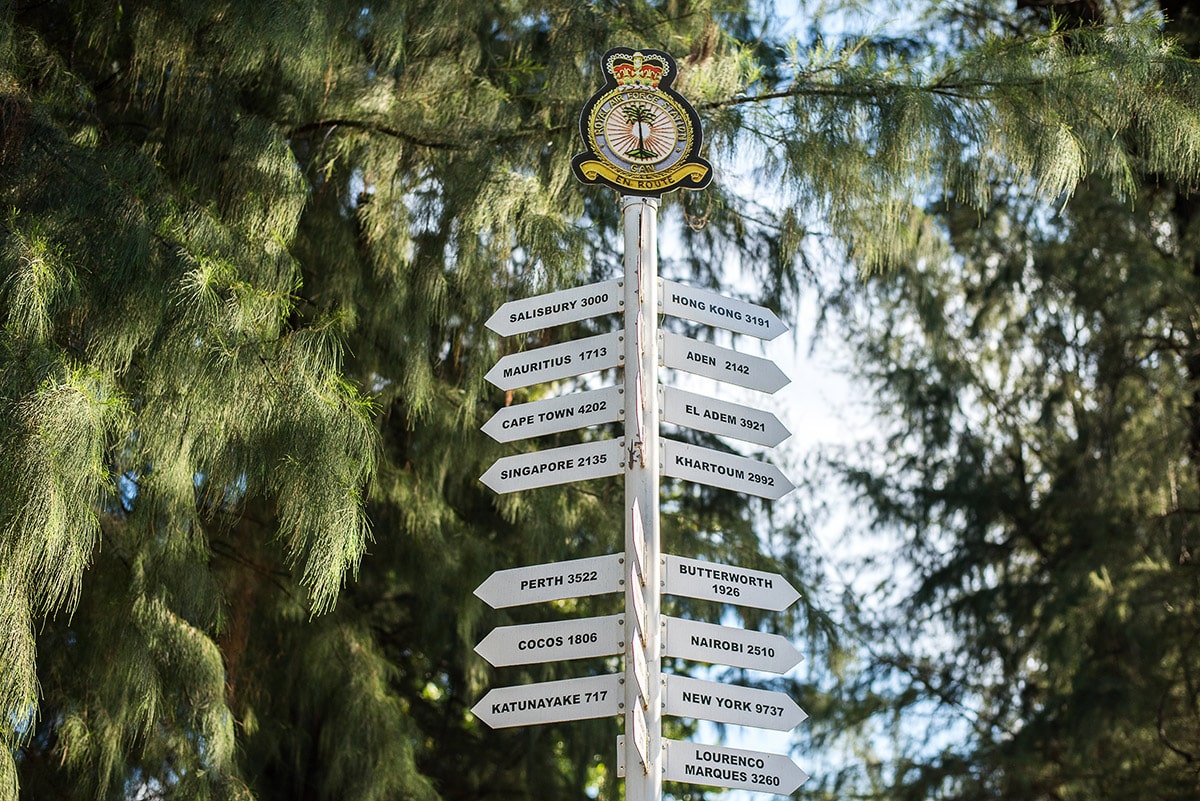
Postscript
Ali Nasir would remain in the capital, working for the government’s finance department before passing away in 2012. Abeyyaa would return to the seas, sailing to Colombo and back countless times and entertaining shipmates with his adventures, before his death in 1978.
The absence of the British military from Addu atoll was to be relatively short-lived. The continued need to maintain its eastern forces, coupled with the crumbling of the British Empire, saw the return of the Royal Air Force to Gan in 1957. Also recognising the strategic value potential of the base, the Soviet Union was reported to have offered $1 million to use Gan after the British left for good in 1976.
Tensions between Addu and Male’ over increasing economic centralisation, among other things, were further heightened by Britain’s return. The short-lived breakaway United Suvadive Republic (1959-1963) was considered by many to have been a direct consequence, while protracted negotiations over RAF Gan saw the Maldives secure official independence from Britain in 1965.
In a remarkable turn of events, Japan’s post-war rehabilitation meant that, by the 1970s, it had become one of the Republic of Maldives’ most important international partners. Japanese assistance has enabled the modernisation of the Maldives fishing industry and the construction of the vital sea-wall surrounding the capital, as well as countless other projects that continue to this day.
The hard-working tanker, British Loyalty – sunk once already during its wartime service – was finally laid to rest by British forces as they left the atoll in January, 1946. Towed away from shipping lanes, she was loaded with Port T’s unwanted equipment and scuttled just south-east of Hithadhoo. The wreck is now famous as one of the Maldives’ top dive sites.
As for Yaahunbaraas, her ultimate fate remains unknown, though the reports from other Adduan ships suggest the Japanese failed to immediately sink her. As with many events in the islands, fact and fiction seem to have combined to secure Yaahunbaraas’ entry into local folklore. A story featuring the famous odi, titled ‘The Pride of the Fleet’, can be found in Xavier Romero-Frias’ collection of folk tales.
The re-routing of all foreign trade through Male’ would render the larger southern vessels, such as Yaahunbaraas, obsolete by the late 1950s.
Historians would later accuse Amin Didi of having received and embezzled money – of varying amounts – given by the British in 1947 to compensate those affected by the Yaahunbaraas tragedy. Freedom of Information requests submitted to the UK Foreign and Commonwealth Office for the purpose of this research revealed no records of any such transaction between 1945 and 1960. Other versions, from those present during the period, suggest the money was handed to government officials in 1952.
After securing independence, the Maldives became a member of the United Nations in 1965, and a member of the Non-Aligned Movement in 1976.

This article should be published with the photographs for all Maldivians to read and reflect upon their country’s minor role in the war.